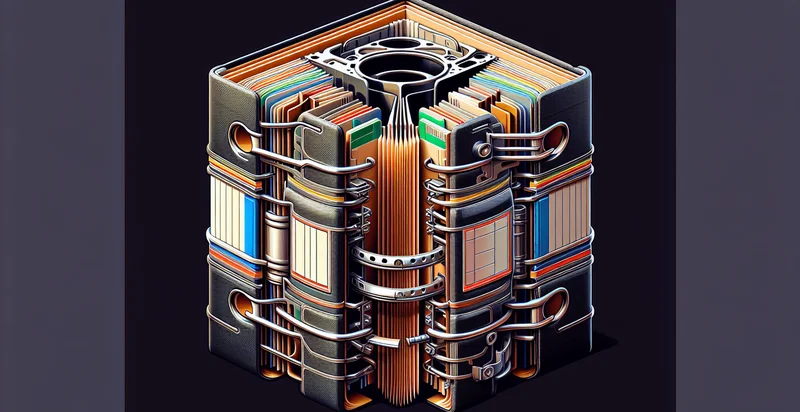Identify what material a bandage is made from
using AI
Below is a free classifier to identify what material a bandage is made from. Just upload your image, and our AI will predict what material a bandage is made from - in just seconds.

Contact us for API access
Or, use Nyckel to build highly-accurate custom classifiers in just minutes. No PhD required.
Get started
import nyckel
credentials = nyckel.Credentials("YOUR_CLIENT_ID", "YOUR_CLIENT_SECRET")
nyckel.invoke("what-material-a-bandage-is-made-from", "your_image_url", credentials)
fetch('https://www.nyckel.com/v1/functions/what-material-a-bandage-is-made-from/invoke', {
method: 'POST',
headers: {
'Authorization': 'Bearer ' + 'YOUR_BEARER_TOKEN',
'Content-Type': 'application/json',
},
body: JSON.stringify(
{"data": "your_image_url"}
)
})
.then(response => response.json())
.then(data => console.log(data));
curl -X POST \
-H "Content-Type: application/json" \
-H "Authorization: Bearer YOUR_BEARER_TOKEN" \
-d '{"data": "your_image_url"}' \
https://www.nyckel.com/v1/functions/what-material-a-bandage-is-made-from/invoke
How this classifier works
To start, upload your image. Our AI tool will then predict what material a bandage is made from.
This pretrained image model uses a Nyckel-created dataset and has 15 labels, including Adhesive, Cotton, Elastic, Foam, Gauze, Hydrocolloid, Latex, Nonwoven Fabric, Nylon and Paper.
We'll also show a confidence score (the higher the number, the more confident the AI model is around what material a bandage is made from).
Whether you're just curious or building what material a bandage is made from detection into your application, we hope our classifier proves helpful.
Related Classifiers
Need to identify what material a bandage is made from at scale?
Get API or Zapier access to this classifier for free. It's perfect for:
- Material Quality Control: This use case involves utilizing the false image classification function in manufacturing facilities to ensure that the bandages meet the required material standards. By identifying the materials used in production, quality control teams can detect defects or variations early in the process, leading to improved product consistency and safety.
- Supply Chain Management: In supply chain operations, this function can assist logistics teams in verifying the materials used in bandage products before shipment. By ensuring that the correct materials have been sourced and packaged, companies can minimize waste and reduce the risk of returns or recalls due to material discrepancies.
- Product Development: Researchers and product developers can leverage the material identification function to analyze the composition of competitor bandages. This intelligence allows teams to innovate and improve their own products by incorporating beneficial materials or features identified in the analysis of existing market offerings.
- Regulatory Compliance: Healthcare organizations can use the classification function to ensure that the bandage materials comply with regulatory standards. By verifying ingredients and materials, they can avoid regulatory violations and maintain patient safety in the products offered in hospitals and clinics.
- Consumer Education: Retailers can implement this function to educate consumers about the materials used in various bandage products. By providing accurate information, they can help customers make informed choices, especially for those with sensitivities or preferences regarding bandage materials.
- Environmental Impact Assessment: Eco-conscious companies can deploy this function to assess and classify bandage materials for sustainability. This data can support initiatives to source eco-friendly materials, thereby aligning product development with environmental responsibility and attracting environmentally aware consumers.
- Fraud Detection: In the medical supply sphere, this function can identify counterfeit bandage products by analyzing materials against known authenticity standards. By flagging products that do not meet the expected material characteristics, suppliers can protect their brand reputation and ensure patient safety.


